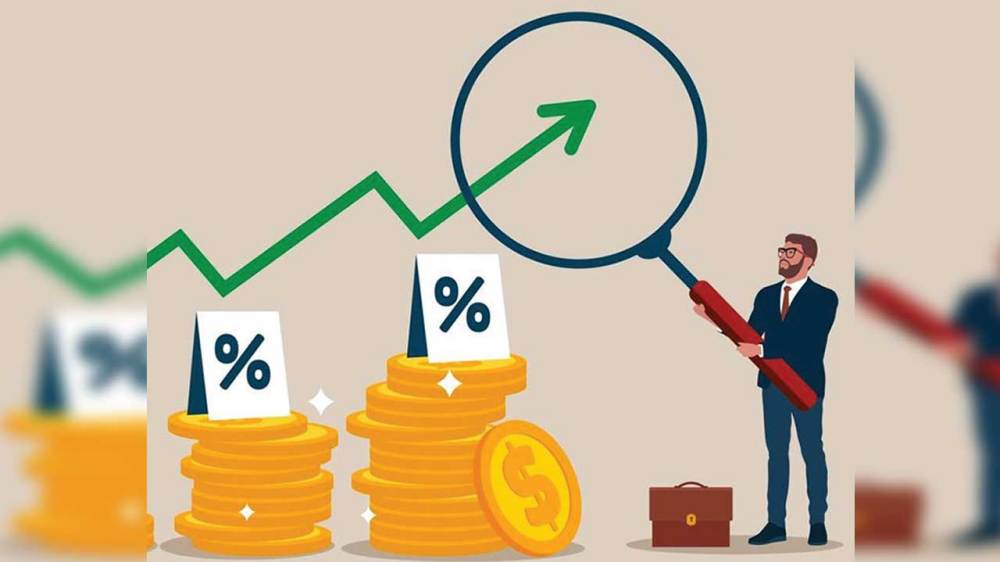
The Economic Survey says that inflation excluding food items should be targeted because monetary policy measures aimed at reducing the inflation rate are effectively directed towards food prices.
It argued that, as has been repeatedly observed, high food prices are not demand-driven but supply-driven. While short-term monetary policy tools are meant to counter price pressures caused by excess aggregate demand growth, applying them to combat inflation caused by sleep deprivation may therefore be a counterproductive product.
As per the current framework implemented in 2016, it is mandatory for the Reserve Bank of India to keep the inflation rate at four percent with a margin of two percent. Inflation in India was 5.08 percent in June and is projected to average 4.5 percent for the entire financial year 2024-2025. Notably, food inflation is based on the Consumer Food Price Index (CFPI). Which was 9.36 percent in June. This is the 12th consecutive month when food inflation in India has remained above six percent. The average rate of food inflation in the year 2023-2024 was 7.5 percent. Whereas now the average till the first quarter has increased to 8.9 percent.
Food inflation. Food inflation based on the Consumer Food Price Index (CFPI) stood at 9.36 per cent in June.
It is mandatory for the Reserve Bank of India to keep the CPI inflation rate at four percent with a margin of two percent on either side. In the current CPI range, the share of food items is 40 percent and the share of food and beverages is about 45 percent.
At the same time, the average rate of inflation during the period of FY 2023-2024 was 5.4 percent. Also, this rate has been averaging 4.9 percent in the first quarter so far. Also, core inflation has been around three percent since January. The Consumer Price Index (CPI) has come under heavy pressure due to the increase in the price of vegetables in recent times. Changes in inflation management can reduce interest rates and thus make monetary policy more growth-oriented.
The survey found that food items contribute a lot to the CPI in developed countries. So when food prices rise, the inflation target is in danger. After this, the central bank has appealed to the government to reduce the increase in food prices. According to the Economic Survey, this trend deprives farmers of benefits. With a base year of 2012, the current CPI range includes 40 percent food items and about 45 percent food and beverages. The share in both groups is expected to be revised downwards in the new range with a base year of 2024.
 look news india
look news india

